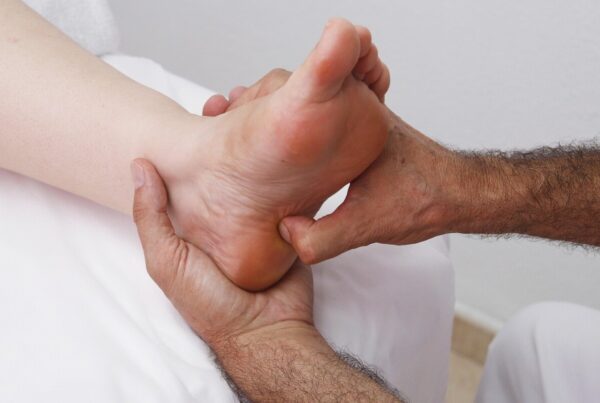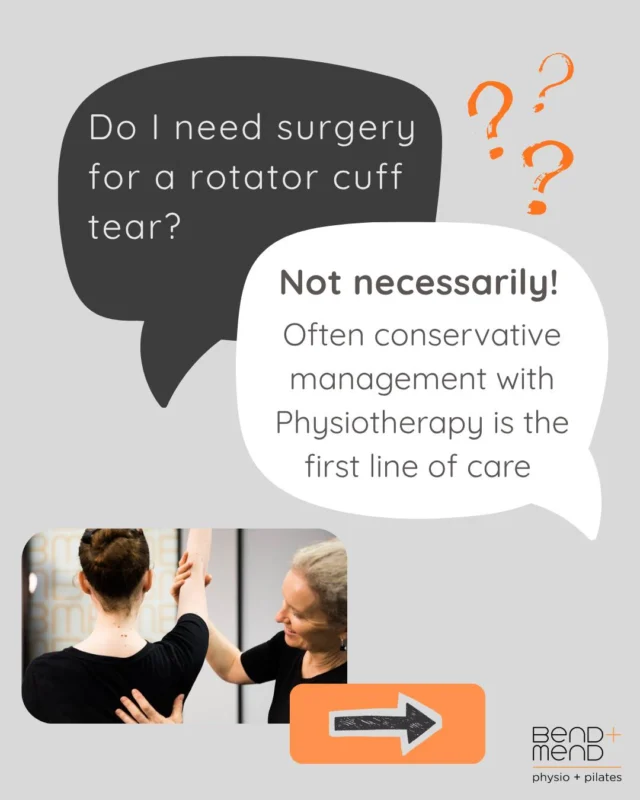 Feel like you have a stone in your shoe? It could be Morton’s Neuroma.
Feel like you have a stone in your shoe? It could be Morton’s Neuroma.
What is Morton’s Neuroma?
Are you experiencing pain under your foot? Does it feel like you are walking on a stone? If so this is what Morton’s neuroma can feel like.
A neuroma is typically a benign tumour of a nerve. Morton’s neuroma has therefore not really been correctly named. It is not a tumour! Morton’s neuroma refers to thickening of the tissue that surrounds a nerve going to your toes. This commonly (80-85%) affects the common digital nerve between the third and fourth metatarsals. It has double origin and consequently is thicker than the other digital nerves which may be the reason that it is more likely to be affected.
Morton’s Neuroma is more frequent in the female population and it tends to present between the ages of 50 to 60 years of age.
Symptoms:
- Pain or burning in the ball of the foot (like the sensation of walking on a stone)
- Pain radiating into the toes
- Tingling or numbness
There are four main theories as to why people experience Morton’s neuroma symptoms (Hassouna and Singh, 2005):
- Chronic trauma during walking.
- Ischemia (lack of blood flow) caused by degenerative changes to the plantar digital arteries (blood vessels in the foot).
- Inflammation of the Intermetatarsal bursa adversely affecting nerve.
- Entrapment under intermetatarsal ligament.
In a nutshell, things such as wearing high heeled or narrow shoes can cause compression of the metatarsal/forefoot joints potentially causing trauma. High impact activities can heavily load this area of the foot or some foot deformities such as bunions or hammer toes may make you more likely to develop a Morton’s neuroma.
Physiotherapy
Your Physiotherapist will take a full history and complete a few clinical tests. In some instances, further imaging of ultrasound scan or an MRI may be required.
Generally, the first step is to put aside all those high heeled shoes or anything that feels tight around the forefoot. Give your feet a break and look at wearing something more practical especially for walking longer distances. Padding under your foot can be trialled to relieve symptoms.
Your Physiotherapist will assess the way you walk, run or perform each aggravating activity. It is important to look at the way load goes through the lower limb to see how this could affect the foot. You may then be provided with lower limb strengthening or foot strengthening exercises.
Invasive management
This is normally a last resort but if conservative management has failed, then injections or surgery might be considered. Your GP can refer you to a specialist to discuss these options further.
If you suffer from foot pain be sure to get it treated. Book in to see one of our Sydney CBD Physiotherapists at Bend + Mend.
Reference:
Hassouna, H, Singh, D. 2005. ‘Morton’s metatarsalgia: Pathogenesis, aetiology and current management’. Acta Orthopaedica, 71, 646-655.





